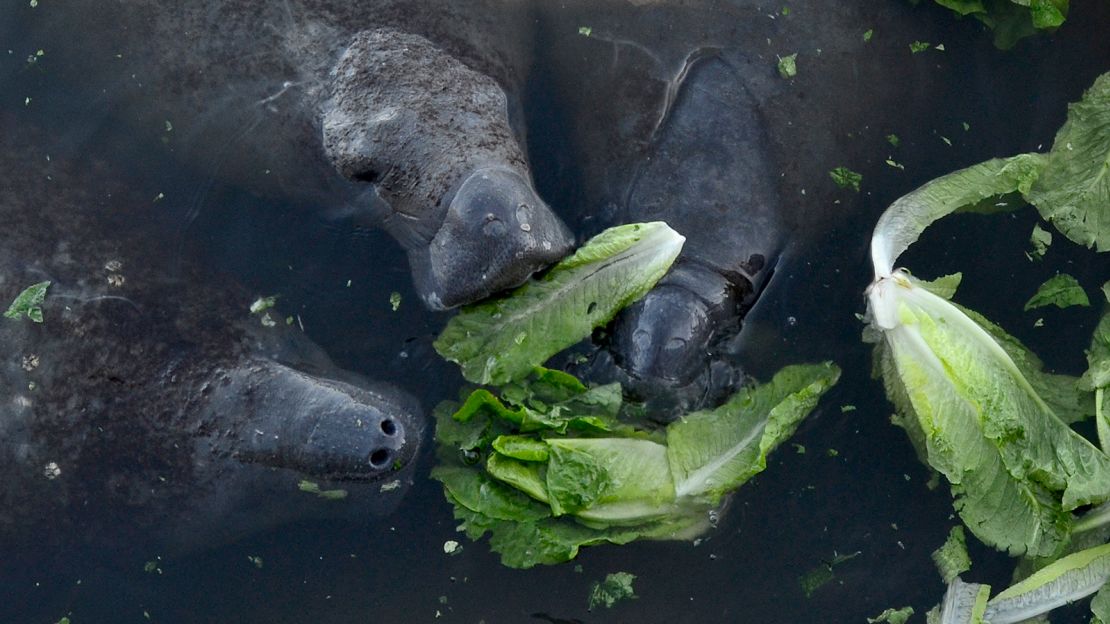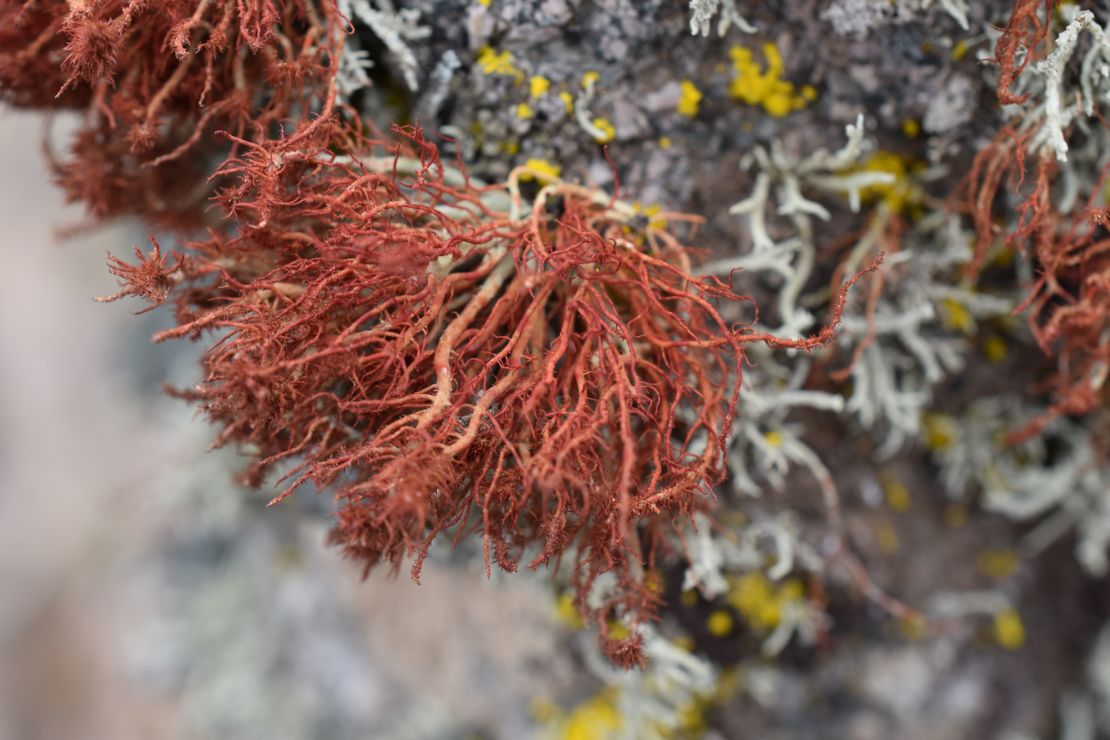A version of this story appeared in Wonder Theory newsletter by CNN Space and Science writer Ashley Strickland, who finds wonder in planets beyond our solar system and discoveries from the ancient world. To get it in your inbox, sign up for free here.
Few ancient wonders still stand, but their remnants captivate us with the promise of untold stories.
The first excavations at Stonehenge began in the 1600s, and researchers have tried to unlock its secrets ever since.
Generations of people labored to create the iconic stone circle 4,500 years ago, which still stands in southwest England. Further into the distant past, there is evidence of wooden poles to mark the location that date back 10,000 years.
Although a distinctly English site, Stonehenge bears the marks of long-distance links to other countries like Germany. But one enduring question remains: Why was it built?
No written records exist to shed light on the monument’s significance. However, the best way to understand something is to look at who created it.
A long time ago

Stonehenge was once at the center of a rapidly changing world, bearing witness to the shift from mobile hunter-gatherer societies to the founding of farms that sprawled across the United Kingdom.
A new exhibition at The British Museum in London has collected 430 illuminating objects from an 8,000-year span across Europe, during which stone tools gave way to stunning metalwork. The rare artifacts shows what life was like when the megaliths were raised, offering an enticing glimpse into their secrets.
Some objects could have cosmic significance, like the Nebra sky disc, which may have functioned as an astronomical calendar.
Other fascinating items include an antler headdress, a jadeite axe-head and a carved stone drum, considered to be “the most important piece of prehistoric art to be found in Britain in the last 100 years.”
Other worlds
It has been a year since the Perseverance rover landed on Mars with its helicopter sidekick, Ingenuity.
Since then, the robotic duo have made history, simultaneously setting and breaking exploration records on the red planet.
Ingenuity has taken to the Martian skies 19 times, while Perseverance has collected six samples from rocks that will be returned to Earth in the 2030s.
This year, the intrepid adventurers are setting their sights on an intriguing new target: the remains of an ancient river delta. Exploring this destination is the prime reason scientists wanted to visit Mars’ Jezero Crater.
Samples collected there could contain microfossils, which would be evidence of ancient life – if it ever existed on Mars.
Fantastic creatures

Florida’s manatees are being treated to an aquatic salad bar, and it may save their lives.
A new feeding program dumps roughly 20,000 pounds (9,072 kilograms) of romaine and butter lettuce into a popular manatee lagoon each week, serving about 350 manatees a day.
These marine mammals are dying at an alarming rate, largely due to starvation. There are only about 7,500 Florida manatees, and last year, more than 1,000 died.
The manatees are responding well to the program so far, showing up to chomp on leafy greens that give them the nutrients and digestible carbohydrates they need.
Dig this
A fossil first discovered in 2010 is actually a previously unknown species of crocodile that lived in Australia 95 million years ago.
But even more rare was the surprise waiting inside of what was once the 8.2-foot-long (2.5-meter-long) reptile’s stomach: a young dinosaur.
The find is the first evidence of a crocodile preying on a dinosaur in Australia. The creature’s last meal suggests that it killed the dinosaur or foraged it soon after the dinosaur died.
The discovery is causing researchers to question the role dinosaurs played in the food chain, especially when they became the prey of other animals.
Climate changed

Rapid changes in our climate may outpace the evolution of some of Earth’s most wide-ranging organisms, like lichen.
Those funky-looking patches you see on trees and rocks cover 7% of the planet’s surface. Algae live inside of greenhouse-like structures provided by fungus, and together they form lichen, anywhere from the Arctic tundra to the most arid desert.
Lichens create oxygen, retain moisture and contribute to water cycling in ecosystems. They also serve as a food source for many species, including some mammals, like reindeer.
And scientists were shocked to discover that the tiny algae within lichen may take hundreds of thousands, if not millions, of years to adapt as Earth’s climate changes more quickly than ever.
Curiosities
Linger a little longer:
– Scientists are trying to determine what sent hundreds of birds crashing to the ground in Mexico last week. The startling incident was captured on video.
– A new NASA mission has shared its first stunning image, revealing glowing purple clouds around the remains of an exploded star.
– This “very rare” baby ghost shark, discovered off the coast of New Zealand, could help researchers understand more about these mysterious creatures of the deep.
Like what you’ve read? Oh, but there’s more. Sign up here to receive in your inbox the next edition of Wonder Theory.














